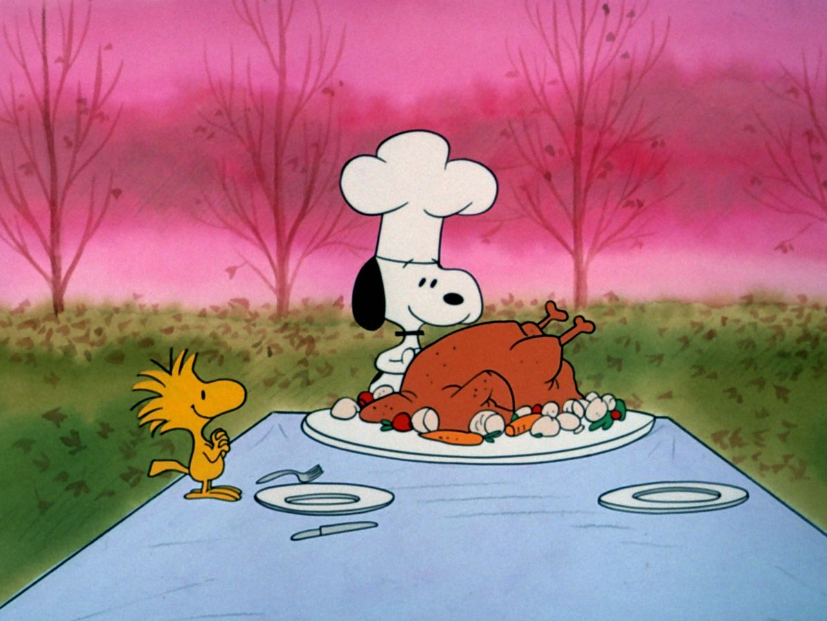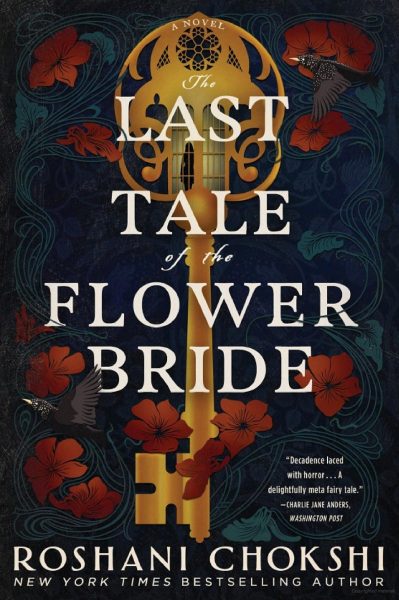A Closer Look: Turkey Day
While you may know Thanksgiving Day for its feasts, football, or floats, the rich history behind the holiday holds more than you may think. While the meal is based on the first harvest feast in 1621, according to the editors of Britannica, the holiday was not official until October 3, 1863 – almost two years later – when President Lincoln called for a national day of thanksgiving to be celebrated on the last Thursday of November. Then came the Macy’s parade and football games, which started with the Yale University versus Princeton University game in 1876, giving a touch of rowdiness to the holiday.
Now, foods at most Thanksgiving feasts include turkey, stuffing, potatoes, green beans, cranberry sauce, and much more. Nonetheless, the
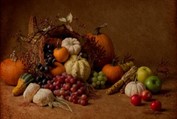
same editors claim that the first feast only shared some of these foods, as it also included turkey and vegetables from Native Americans, but also fruit, cornmeal, seafood, pumpkins, and squash. Now, according to a 2013 poll, over forty-six million turkeys are eaten around Thanksgiving!
According to Britannica, local vegetables found at the first dinner incorporated onions, lettuce, spinach, cabbage, and peas, while the seafood found ranged from eel to mussels. However, there were no potatoes at this feast, which are one of the most popular foods at the dinner table nowadays.
According to the YouGov poll from 2013, about 214 million pounds of potatoes were purchased in preparation for the holiday, contributing to the 2,500-4,500 calories the average individual consumes during their Thanksgiving dinner. While you won’t find pumpkins and squash at the dinner table now, you can certainly find them within your pies. Whether you go for the classic pumpkin pie or venture out for a shop fly pie, you will be one of the nineteen million pre-made pie purchases made for Thanksgiving from this poll.
But do you ever feel a little drowsy after the big meal? According to the article “First Thanksgiving Meal” from History.com, reports of sleepiness after Thanksgiving dinner have been traced back to the tryptophan within turkey, carbohydrate-rich sides, and even the desserts at the table. This amino acid holds a lethargic effect, and once it enters the brain, can cause this torpor.
To get into the holiday spirit, a group of CB South students and staff were polled about their favorite Thanksgiving foods and traditions.
Our main polls tackled some of the biggest Thanksgiving food controversies, including the matter of gravy and favorite pies.
Everyone knows gravy as turkey’s sidekick, but this sacred holiday sauce runs much deeper through our global history than we may realize. According to the blog Good Gravy by Jennifer Harbster, while gravy became a household favorite during the twentieth century, it has been
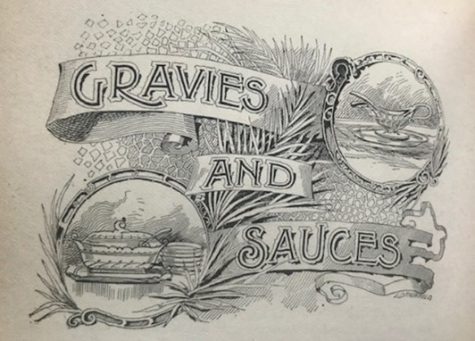
around since before the sixteenth century due to its simplicity and natural flavor. Over the years, it’s been edited, updated, and revamped by many cultures. The traditional gravy that most people think of on Thanksgiving has mainly French influences and origins, likely dating back to the French medieval times.
Harbster also explained that the French revisited the savory sauce in the eighteenth century and enhanced it by adding deeper flavors of herbs, wines, and different fats for the roux.
In the article “How to Make a Roux: Step-by-Step Guide” from Masterclass, it’s explained that a roux is the base of a traditional gravy as well as many other sauces, and it consists of flour and a form of fat. This flavorful foundation creates the smooth, luscious gravy we’ve all come to know – and love!
Our poll was a close one, but it was decided – gravy is a must! Overall, more students preferred to have the aromatic, inviting sauce at their Thanksgiving table as opposed to skipping the holiday essential.
We also asked students and staff what their favorite holiday pie is. The most popular pie was good ol’ apple pie, and many said it’s their favorite because they have a family recipe, or it’s a family tradition. Experiencing nostalgia through food is pretty common, especially when associated with holiday foods.
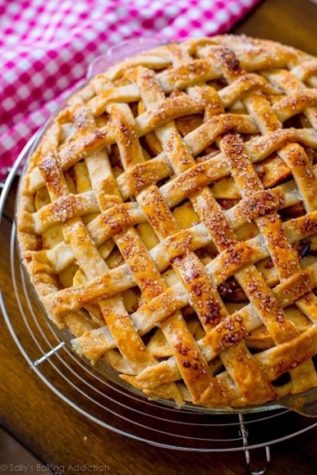
A research article from Science Meets Food, and Alex Pierce-Feldmeyer explores this phenomenon. Smelling certain flavors or scents can often evoke certain emotions or feelings of nostalgia due to the location of certain areas of the brain.
Our brains process scents and aromas through the olfactory bulb. This area is right near the limbic system, composed of parts like the hippocampus and the amygdala.
The limbic system is involved with emotional and memory processes. Due to the proximity of the emotional/memory area and the aroma processing area, food nostalgia is a very real and common experience.
Next time you smell your grandma’s famous apple pie and feel oddly sentimental, remember that it’s just your brain at work! Enjoy the pie and the trip down memory lane!
Lastly, we asked students and staff about their favorite Thanksgiving sides, veggies, and desserts. The most popular side, by far, was mashed potatoes; mac & cheese was the second most popular.
We also got a lot of unique answers, including french fries, crescent rolls, turnips, asparagus, mincemeat pies, and hassle-back potatoes.
When it came to the main course, most people preferred turkey over ham. When asked about cranberry sauce, most said they didn’t want to see it on the Thanksgiving table!
With Thanksgiving’s rich history, there is a new sense of appreciation and celebration for the holiday. It’s a unique day where those celebrating can enjoy their special traditions, foods, and activities. Whether you enjoy cornmeal like the pilgrims or a shoofly pie with a side of fries, happy Thanksgiving!


